#voodoo
Explore tagged Tumblr posts
Text
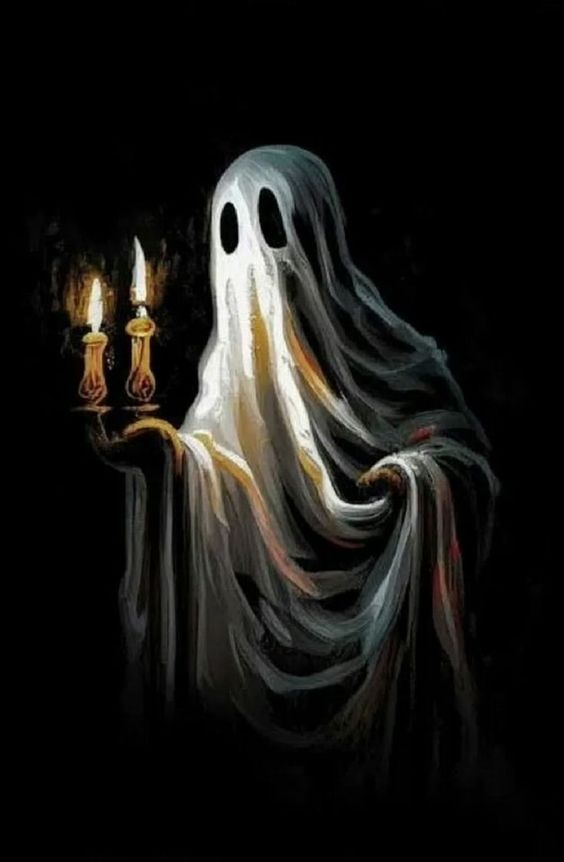
Artwork By - Halloween Hollow Haunts Facebook.
#source: pinterest#dark grunge#beauty in darkness#dark beauty#im a creep im a weirdo#goth#dark art#gothic#grunge#dark#art#skull#skull aesthetic#emocore#emo goth#voodoo on her lips#voodoo#gothic art#goth aesthetic#gothcore#gothgoth#nu goth#gothic aesthetic#gothique#alternative goth#alt aesthetic#alternative#keep it creepy#dark aesthetic#ghost posts
6K notes
·
View notes
Photo
The Voodoo Tour ...

4K notes
·
View notes
Text
THIS HAS BEEN IN MY HEAD AND I MUST GET IT OUT

Voudo!reader dating Danny Phantom, yes, a witch and a loser nerd boyfriend, it's beautiful. This relationship is honestly so cute. I can literally just imagine video reader summoning Danny mid-fight by chanting his name three times in a mirror when she is feeling lonely, or Danny going to a nearby window and using his cold breath to write your number on it, knocking three times so you can FaceTime and ask what you want to eat at the Chinese place down in Gotham (you taught him that spell, by the way). Who needs phones when you can chant each other's names three times and you'll both appear in each other's arms? It's absolutely adorable! He takes your opinions to heart, like a lot. Whatever you say, he automatically thinks it's law. You shouldn't eat apples with the skin on them; it's toxic. He doesn't even search it up and just automatically believes you. So now, every time he eats an apple or sees someone eating an apple, he automatically peels the skin off. "Who even told you that?" "My girlfriend! She's so smart." If you hate something, he'll hate it too; if you love something, he'll love it even more. Your word is law, and you and Danny definitely own ghost pets—the cutest little Little Rascals you have ever seen. Danny was a bit reluctant to keep them, of course, but seeing you sad about them left him no choice. Like I said, the cutest couple!
#x black reader#black!reader#x neglected reader#batfamily x neglected reader#black fem reader#x black fem reader#x female reader#x fem!reader#fem!reader#danny phantom x dc#danny fenton x reader#danny phantom x reader#danny fenton#danny phantom#vodou!reader#voodoo!reader#haitian vodou#vodou#voodoo
70 notes
·
View notes
Text

Zul'jin: The Warlord of the Amani
Once a name whispered in dread through the forested borders of Quel'Thalas, Zul’jin, chieftain of the Amani trolls, was more than a warlord—he was a legend. To the high elves, he was a scourge. To his people, he was a hero—unyielding, unbroken, and burning with the fire of vengeance.
Zul’jin carved his place in history through relentless raids on high elven settlements. His attacks were swift and brutal, leaving shattered villages and grieving families in his wake. The Farstriders, Quel’Thalas’s elite rangers, viewed him with unmatched hatred, for he had cost them dearly in blood and comrades. His guerrilla tactics—striking without warning and vanishing before retaliation—made him a near-mythical threat. But Zul'jin’s ferocity was not born from bloodlust alone. To him, the high elves were invaders, usurpers of sacred Amani lands. Like the aqir and night elves before them, the high elves had tried—and failed—to destroy the Amani. Zul’jin vowed they would fail again.

His hatred was fueled by more than war. Zul’jin saw in the Sunwell and the ancient elven runestones the source of his enemies’ power, and he sought their secrets with a fanatic’s zeal. Capturing key elven figures, including Lor’themar Theron and Lady Liadrin, he demanded knowledge and submission. When met with silence, Zul’jin unleashed his cruelty. He tortured Theron, painting his face with the ranger’s blood in a grim ritual meant to break the others. But even this barbarism could not crush their resolve. The captured elves escaped, but Zul’jin’s savagery left a scar that would not fade from memory.

Zul’jin was not merely a warlord—he was a unifier. One by one, he challenged and defeated rival forest troll chieftains, bringing the fractured tribes of Zul’Aman under a single banner for the first time since the ancient days of the Amani Empire. With the tribes united, Zul’jin dreamed of reclaiming their ancestral forests, purging them of elf and human alike.
Though initially disdainful of outside alliances, believing the Amani strong enough to reclaim their own destiny, Zul’jin’s views shifted when he was captured by humans near Durnholde Keep. It was Orgrim Doomhammer of the Horde who freed him, earning Zul’jin’s respect. He pledged the Amani to the Horde’s cause during the Second War, believing their goals to be aligned. While the Horde sought dominion, Zul’jin sought vengeance—and saw in their march on Quel’Thalas a chance to finally burn the elven kingdom to the ground.

Yet, betrayal loomed. Doomhammer abandoned the siege of Quel’Thalas to pursue other fronts, leaving Zul’jin and the Amani to fight alone. The elves struck back, and Zul’jin was captured near Darrowmere Lake by ranger-general Halduron Brightwing, who sought justice for the torment Zul’jin had inflicted on Lor’themar. Tortured and maimed—his eye gouged out—Zul’jin endured before escaping through sheer force of will, severing his own arm to break free. That escape cemented his mythos. To the trolls, he was indestructible.

Zul’jin retreated into seclusion, forsaking the Horde after feeling betrayed by their failure. Deep within the ancient city of Zul’Aman, he began to rebuild. As the world turned its gaze to the Burning Legion and the chaos in Outland, Zul’jin turned inward, embracing dark magics and calling upon ancient powers. When he learned that the blood elves—his hated foes reborn from the ashes of Quel’Thalas—had allied themselves with the Horde, his rage reignited.

With the witch doctor Malacrass at his side, Zul’jin harnessed the spirits of the Amani’s totemic animal gods, binding their essence into himself and his champions. The warlord could now take on their forms—bear, hawk, lynx, and dragonhawk—each a weapon in his war against the world.

Zul’jin launched a new campaign from Zul’Aman, striking the blood elves while their armies were away in Outland. But this time, he faced not just elves, but champions from the very Horde he once allied with. Adventurers—blood elves among them—stormed Zul’Aman to end his reign. Empowered by ancient spirits and driven by years of rage, Zul’jin fought with the fury of a dying empire. Yet in the end, even the mightiest warlord could not stand alone.
Zul’jin fell in battle, slain in the heart of Zul’Aman. But his legend lived on.
To the elves, he was a monster. To the Amani, he was their last true king. And to history, Zul’jin remains a symbol of vengeance, defiance, and the enduring will of the forest trolls.
#warcraft#warcraft troll#world of warcraft#voodoo#troll#warcraft art#mojo#wow#wow burning crusade#burning crusade#amani trolls#Amani#Zul’jin#zul'aman#forest troll
29 notes
·
View notes
Text
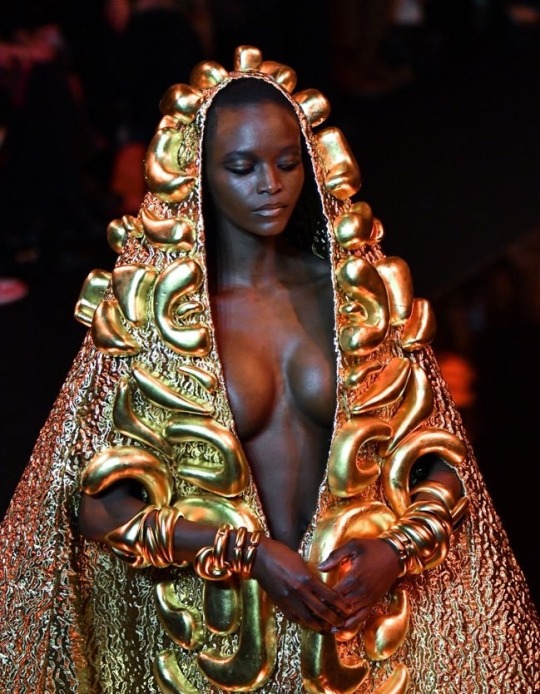

#rich lifestyle#gold#aesthetic#luxury#beauty#black beauty#black people#black tumblr#divine feminine#black femininity#femininity#hyper feminine#feminine energy#black girl fitspo#black girl magic#black girl beauty#black girl moodboard#lifestyle#melanin#melanated#witchy#witchcore#witch community#priestess#voodoo#hoodoo#level up#opulent#opulence#law of attraction
4K notes
·
View notes
Text















1K notes
·
View notes
Text

Edward Gorey (1925–2000) - Zombie
source
#edward gorey#zombie#undead#voodoo#horror art#dark art#gothic#art#contemporary art#illustration#drawing
419 notes
·
View notes
Text
#hoodoo#voodoo#african spirituality#spiritual#spirituality#black power#knowledge#black knowledge#african#black magic
11K notes
·
View notes
Text










HOODOO HERITAGE MONTH OCTOBER 1-31st
🕯️🕯️🕯️
#hoodoo#the love witch#black femininity#haitianvodou#witches of color#pagan community#witchblr#black witches#aphrodite#conjure#witches of tiktok#witches of instagram#witchy things#witch aesthetic#afro witch#hoodoo community#hoodoospells#hoodoo aesthetic#vodou#voodoo#black spirituality#day of the dead#halloween#all hallows eve#salem witch trials#salem witches#october#brujasdeinstagram#brujería#brujalife
561 notes
·
View notes
Text

Witchcraft, Vol. 1 No. 3, Gresham Pub., 1971
#witches#witchcraft#occult#vintage#magazine#gresham pub.#vol. 1 no. 3#the beast#666#voodoo#law of the lash#devil encounters#1971
249 notes
·
View notes
Text
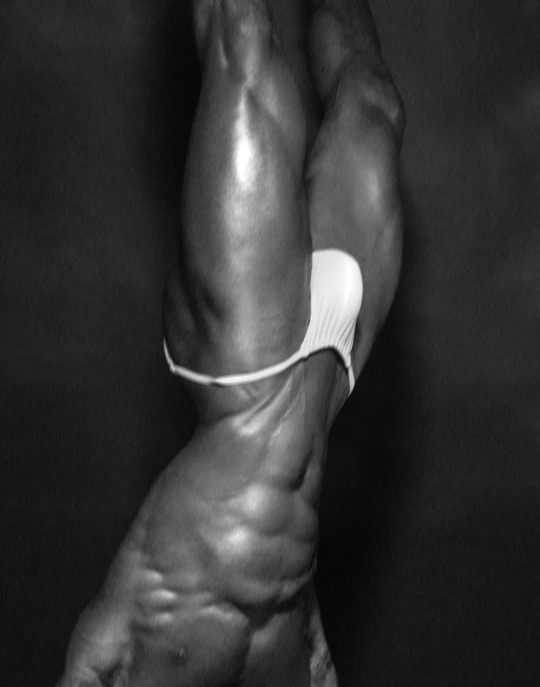
Voodoo- Hamidou Banor by Baldovino Barani for FACTORY Fanzine XXXVI
#rufskin#as above so below#posing straps#hamidou banor#hamidiu banor#baldovino barani#factory fanzine#voodoo#vaudou#muscle#beauty#new orleans#french quarter#magik#divination#baron samedi
2K notes
·
View notes
Text
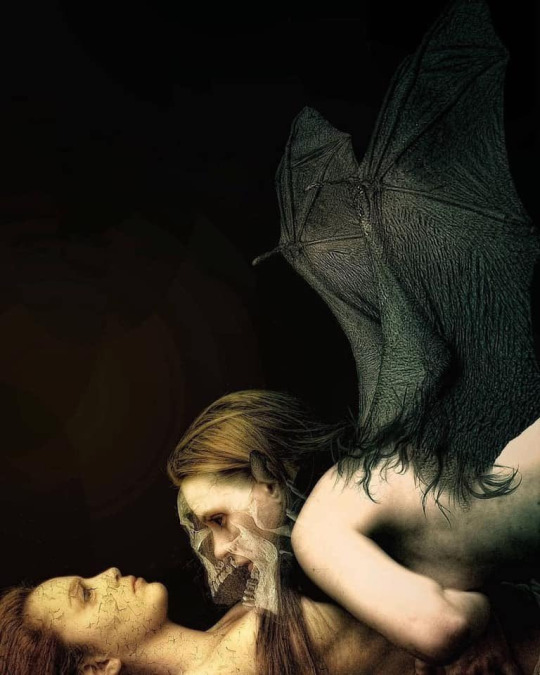
🖤. "Death in Love" by @chemagilramirez
#dark grunge#beauty in darkness#dark beauty#im a creep im a weirdo#goth#dark art#gothic#grunge#dark#art#skull#skull aesthetic#emocore#emo goth#voodoo on her lips#voodoo#gothic art#goth aesthetic#gothcore#gothgoth#nu goth#gothic aesthetic#gothique#black alternative#alternative goth#alt aesthetic#alternative#keep it creepy
7K notes
·
View notes
Link
248 notes
·
View notes
Text
"WHY WON'T YOU ANSWER ME!"
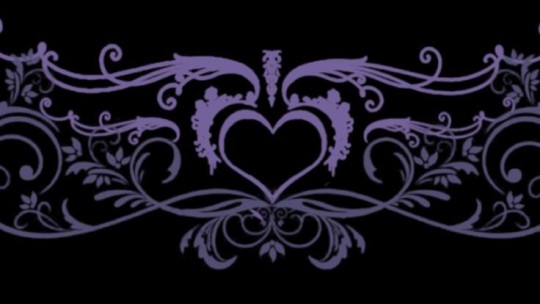
Vodou or Voodoo!reader x platonic Yandere batfam

You haven't gotten out of bed in days, lying there rotting away like a bone. Your amulet, once vibrant purple, is now dusty and dark. Your bedroom is cold, and your altar is neglected; the candles are out. You haven’t put food there, fixed the tablecloth, or done anything. You haven’t prayed or performed a ceremonial dance. You've never been this depressed, this sad, or this angry; you're in despair. Ever since arriving at the mansion, you've felt your life and soul being sucked out, which is strange—you were so lively before. You feel dead, yet you can hear the chatter and laughter downstairs seeping through your thick walls. Usually, you drown it out, but today you listen. You can feel their smiles, their joy, their anger—everything, yet you're not present.
“Why don’t you go down there?” a spirit says, its ghostly hand caressing your shoulder.
“They don’t want me there; you know that already,” you say, your voice cracks. Of course it did; you were crying for hours, maybe even longer, but better not count. “Don’t be like that; they’re your family.”
You scoff at what the spirit says. You want to slap its hand away, but you obviously can't touch it; you can't even feel it, just the cold air that caresses your dark skin.
“I’ll only ruin it,” you say, hovering overhead, letting your despair consume you. If you continue like this, how will you become a great Priestess? Your altar has no gifts, no offerings. You haven’t fixed your hair in days; you haven’t sent us anything, and we love your voice. “Please, my child,” the spirit pleads, “you do not want to go down there. At least do something.”
You don’t answer again. You curl up into a ball. The spirit sighs. “As you wish, young Priestess,” and they disappear into purple smoke. But all you can think about, deep in your head, is that it just isn’t fair. You’re a nice kid; you’re sweet, you’re kind, you’re honest, you’re polite—the nicest of them all. Even if there was a niceness contest, you’d come out on top, leaving everybody in your wake. But your father seems to favor the ones who are cruel, mean, and rude. Your younger brother, Damian—a little devil, held you at swordpoint, threatened to kill you, called you a bastard, and you’re supposed to forgive him with open arms? What kind of idiot does Bruce take you for?
And your older brother, who prides himself on family, barely even knows you—the sucker might have to look up your middle name, maybe even your birthday, on some celebrity website. He’s always spending time with the little devil; you have no clue why. You’re way more fun to hang out with than him. But who cares? And your second eldest brother is rude, scary, and he smells like pure death, as if he crawled out of his grave, clutching dirt from the ground beneath him. It makes sense—his eyes are naturally green, just like Damian's, but he’s alive. It just doesn’t make sense. Maybe Papa Legba, but him cross without knowing.
And the brother who is the same age as you, Timothy, makes you snore when you hear his name. He’s intellectual, so smart, and yet so stupid, so dumb, and so hypocritical. He’ll find everything and anything to correct you on, even if you’re right, just to ensure that you’re slightly off the mark. The brother you thought you would have an unbreakable bond with is so tight he cut off blood circulation; yet, this bond is flimsier than a piece of string. He’s always talking with Cass, and you're never invited. You have more in common than they think, but to them, you’re just another bastard of Bruce Wayne—Cass, Steph, and Babs are your sisters. You’re supposed to gossip, talk about boys, play hand games, and hold each other, but they are only close with each other and not you.
I mean, trios were never meant to be broken; who even wants a quartet? You pray to Bondye every night. You expel all the darkness within your amulet, and your wishes are always the same each night: “Please, Supreme Lord, let them greet me with open arms; let them see me as their kin; let them love me; let them notice me.” But each night, you are met with nothing but silence. Bondye is quiet, and so are the loa. They always talked to you, but whenever you beg for this family to see you, they can never answer; they can never give advice. At first, you thought it was a test—a series of trials you had to go through to prove that you were worthy of their love. So whenever you were met with hostility, it was like the sharp end of a blade. You opened your arms to them; the trials got harder, and it started to become impossible.
Maybe I have to go in a different direction; maybe meet force with force. But then you get scolded. Maybe you just don’t fight back, but if you don’t, then you will be forgotten. So what next? How do you pass this test, these everlasting trials? You have no clue, no idea, and in fact, you feel lost, and you start to lose faith. Maybe you were just not meant to be loved; you weren’t meant for affection, you weren’t meant to be held, dear. So you let that bitterness and anger swallow you whole as you wallow in your own sorrow and self-pity. This young High Priestess is filled with hurt.
#x black reader#weird!reader#black!reader#batfamily x neglected reader#x neglected reader#yandere batboys#yandere batfam#yandere batfamily#black fem reader#magical!reader#voodoo!reader#voodoo#vodou#haitian vodou#vodou!reader#dc comics#dc fanfiction#dc fics#dc headcanon#yandere jason todd#yandere tim drake#yandere dick grayson#yandere duke thomas#yandere cassandra cain#yandere stephanie brown#yandere barbara gordon#yandere bruce wayne#yandere batman#yandere dc#black tumblr
504 notes
·
View notes
Text

YOU'RE CHANGING YOU'RE CHANGING ALRIIIIIIGHT! I HOPE YOU'RE SATISFIED!
#once upon a witchlight#kremy ouaw#legends of avantris#ouaw fanart#dr facilier#voodoo#voodou#wip#ouaw sketch
253 notes
·
View notes